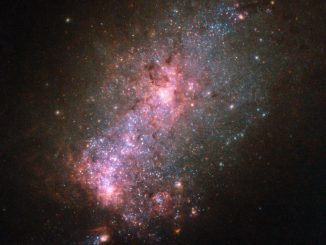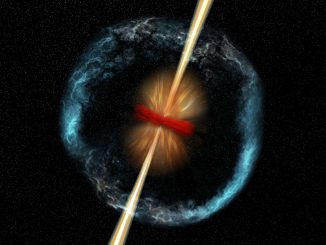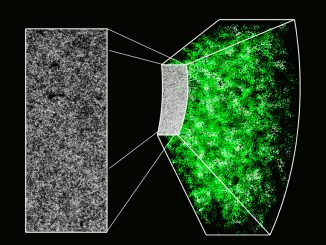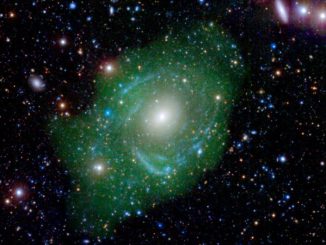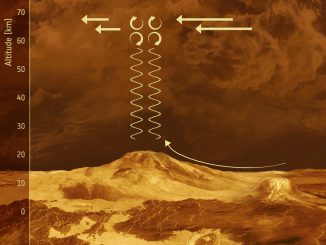
What lies beneath – Venus’ surface revealed through the clouds
Using observations from ESA’s Venus Express satellite, scientists have shown for the first time how weather patterns seen in Venus’ thick cloud layers are directly linked to the topography of the surface below. Rather than acting as a barrier to our observations, Venus’ clouds may offer insight into what lies beneath.


